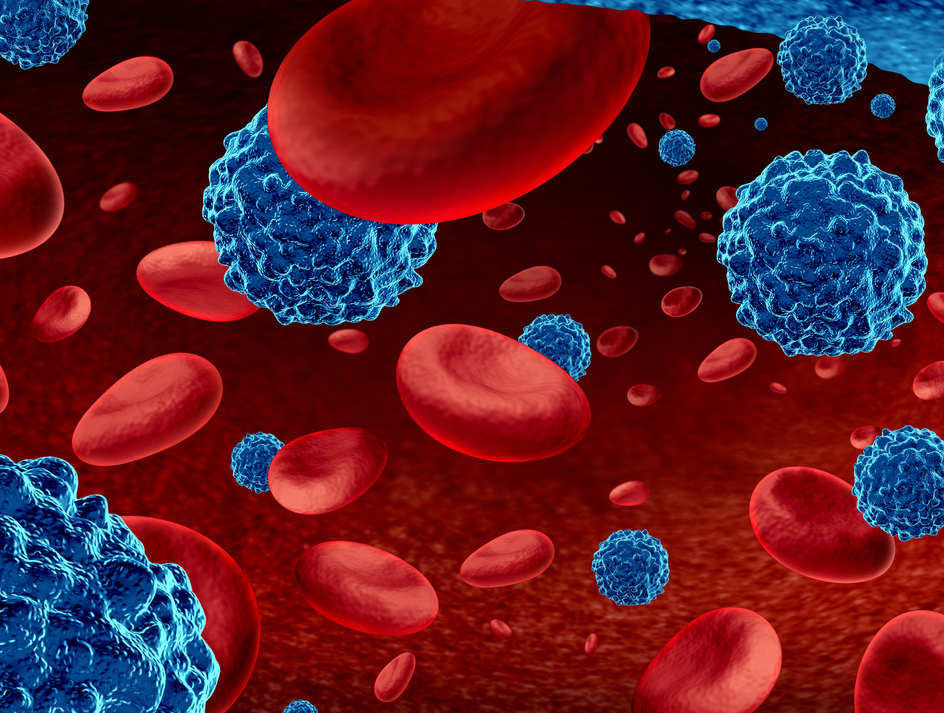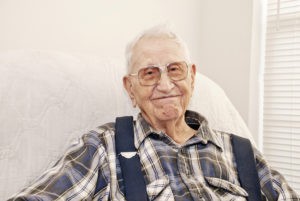
Recently Diagnosed or Relapsed? Stop Looking For a Miracle Cure, and Use Evidence-Based Therapies To Enhance Your Treatment and Prolong Your Remission
Multiple Myeloma an incurable disease, but I have spent the last 25 years in remission using a blend of conventional oncology and evidence-based nutrition, supplementation, and lifestyle therapies from peer-reviewed studies that your oncologist probably hasn't told you about.
Click the orange button to the right to learn more about what you can start doing today.
- You are here:
- Home »
- Blog »
- Multiple Myeloma »
- Elderly Myeloma
Elderly Myeloma

Elderly myeloma patients, according to research, fare worse, on average, compared to younger patients, when diagnosed with multiple myeloma. Duh! Of course they do. But why is this and how does it factor into managing multiple myeloma?
The definition of “elderly” when we are talking about newly diagnosed multiple myeloma patients (NDMM) is 75 years of age. And I must point out that 75 is not a magic number. As of this year, 2022, the average age of the NDMM patient is 70. That means that half of all NDMM patients are over the age of 70.
Sarcopenia is the term used for loss of muscle and function due to age. As a 63 year old person, despite my daily exercise and healthy lifestyle, I am am slowly losing my own muscle mass and function.
I point this out only to draw attention to NDMM and how each person handles toxic therapies.
The issue to evaluate for any NDMM patient is about co-morbidities. Meaning what health challenges is the patient dealing with beside multiple myeloma? For example, many standard myeloma therapies are cardiotoxic. This means that they can damage the patient’s
- heart,
- heart valves or
- cause hypertension.
The second article linked below talks about sarcopenia. In the case of the NDMM patient, sarcopenia or frailty, is a co-morbidity.
Diabetes, cardiovascular disease, hypertension, body weight, all health issues can negatively affect the patient’s management of toxicity ak chemotherapy.
A possible approach is exemplified in Dr. Vincent Rajkumar’s essay titled Treatment of Myeloma: Cure vs. Control.
Consider taking a low dose approach to the elderly NDMM patient’s treatment. Consider “controlling” the myeloma rather than trying to potentially “cure” it.
Cure v Control?
- Elderly Myeloma -To Treat or To ASCT? –
- Relapsed Refractory Multiple Myeloma & The Elderly Patient
- Myeloma- Anti-aging- Supps, Sleep, Exercise
- Multiple Myeloma- Multidisciplinary Management of Older Adults
- Myeloma Life Expectancy – Who, What, How and Why?
Have you been diagnosed with multiple myeloma? Are you over the age of 75? Would you consider yourself to be frail? Let me know David.PeopleBeatingCancer@gmail.com
Thank you,
David Emerson
- MM Survivor
- MM Cancer Coach
- Director PeopleBeatingCancer
Treatment of Multiple Myeloma in Elderly Patients: A Review of Literature and Practice Guidelines
“…The incidence (of myeloma) increases with age and combined with the worldwide increase in the elderly population, there is an anticipated 77% increase in the number of patients older than 65 years diagnosed with MM each year by 2030 [2–4].
Development of newer therapeutic agents and improving supportive care over the last two decades has significantly improved the outcome of MM in younger patients [5–7]. However, most studies suggest that improvements are marginal in elderly patients (defined as age 75 years and older) [2, 6].
This may be explained by the higher incidence of more severe disease in the older patients, but it is mainly due to patient characteristics (e.g. performance status, comorbidities) and organ dysfunction associated with aging [5–7]…
Conclusion-
Combination therapies including novel agents have improved the response and survival rates in transplant-ineligible patients. MPT, MPV, and lenalidomide/dexamethasone represent new standards of care for transplant-ineligible MM patients.
It is important to assess each patient’s clinical situation and fitness for therapy to allow treatment to be provided at an appropriate intensity. Particular care must be taken to minimize toxicities, reducing doses if required, to allow continuation of treatment when appropriate.
Treating myeloma in the very elderly is challenging, and clinicians should develop a personalized approach to optimize the treatment response while minimizing toxicity through careful geriatric assessment and compassionate care.
Sarcopenia Predicts Negative Outcomes in Newly Diagnosed Myeloma
“Among patients with newly diagnosed multiple myeloma (NDMM), identifying sarcopenia using a machine learning-based convolutional neural network algorithm appears to predict for overall survival (OS), according to research published in Cancer.
Previous oncological studies suggest that sarcopenia is linked with worse clinical outcomes among patients with solid tumors. Given that MM is typically diagnosed at a median age of 70 years, sarcopenia is more likely to be found in this patient population. There are, however, limited data about whether sarcopenia affects clinical outcomes among patients with NDMM, and analysis using techniques like computerized tomography (CT) can be both labor intensive and time consuming…
Overall, data from 322 patients were included, among whom 171 had sarcopenia and 151 had no sarcopenia. At baseline, the median age was 66 years (range, 37-95), 62% of patients were male gender, and 25% of the 200 patients with available data had high-risk cytogenetics.
Analysis showed that the median OS in sarcopenic vs non-sarcopenic patients was 44 vs 90 months, respectively (P <.0001); the 2-year mortality rates were 40% and 18% (P <.0001).
Further analysis suggested that these findings were independent of
- disease stage,
- patient age, and
- the presence of high-risk cytogenetic features.
“Further investigations into the pathophysiology of sarcopenia and its negative impact on the OS of MM patients are required and may pave the way to understanding the complex interactions between the tumor micro‐environment and skeletal muscle tissue compartments,” the authors wrote in their report…”


